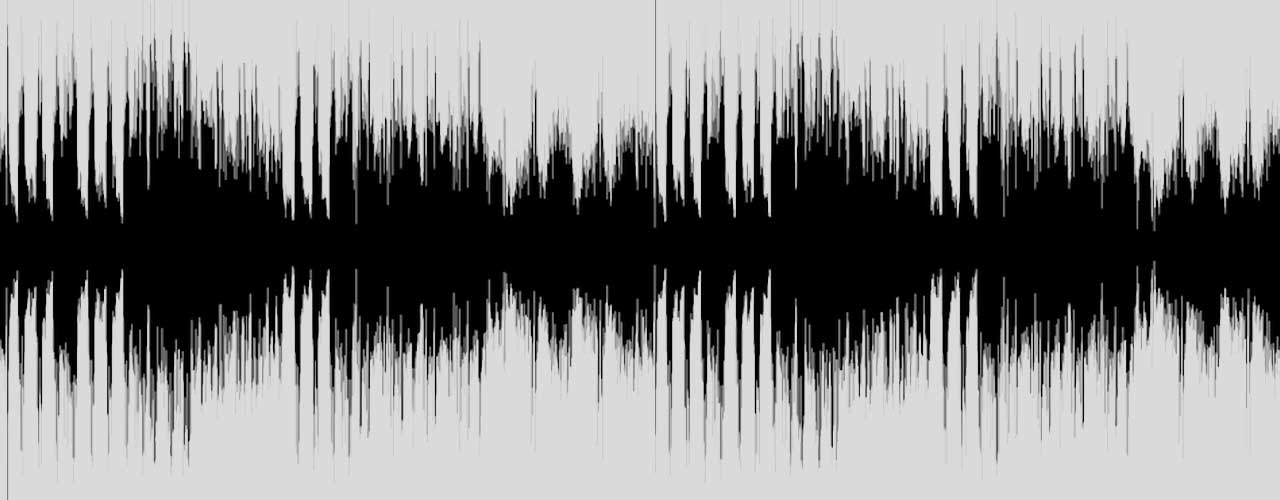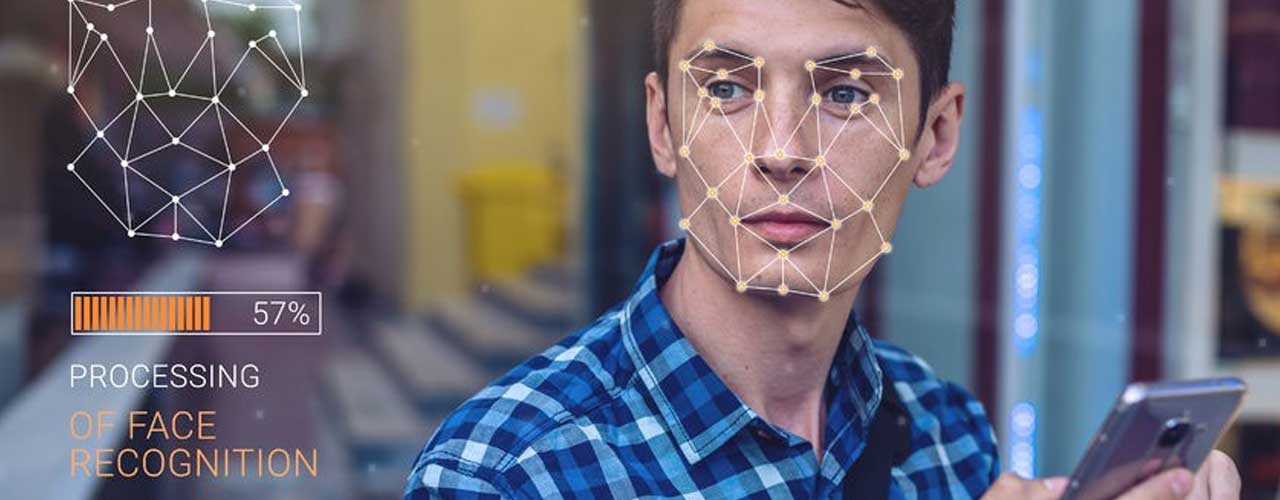Electronic surveillance bugs, commonly known as “bugs,” are covert listening devices or recording devices used to monitor conversations or activities without the knowledge of the subjects being monitored.
There are various types of electronic surveillance bugs, each with its own characteristics and applications. Here are some common types:
• RF Transmitter Bugs: These bugs transmit audio signals using radio frequency (RF) technology. They can be tiny and concealed within everyday objects like pens, USB drives, or even electrical outlets. The transmitted audio is received and monitored using a compatible receiver.
• GSM Bugs: GSM bugs use the Global System for Mobile Communications (GSM) network to transmit audio to a remote location. They often have a SIM card inserted into them, allowing them to call or send recordings to a designated phone number.
• Bluetooth Bugs: These bugs use Bluetooth technology to transmit audio signals. They can be connected to a nearby Bluetooth-enabled device, such as a phone or speaker, and stream audio to a distant receiver.
• Wi-Fi Bugs: Wi-Fi bugs connect to a Wi-Fi network and transmit audio or video to a remote location via the internet. They can be concealed in various household objects, making them difficult to detect.
• Audio Recording Bugs: These devices record audio locally on internal storage or external memory cards. The recordings need to be physically retrieved later for analysis.
• Video Bugs: Video bugs are equipped with cameras to capture video footage along with audio. Like audio bugs, they may store the video locally or transmit it through various means.
• GPS Tracking Bugs: These bugs use GPS technology to provide real-time location data. While they may not record audio, they are useful for tracking the movement of individuals or vehicles.
• Acoustic/Laser Bugs: Some advanced surveillance techniques involve bouncing lasers off windows to detect vibrations caused by speech. Acoustic bugs may use sensitive microphones to detect sound vibrations in nearby objects like windows or walls.
It is important to note that using electronic surveillance bugs without proper authorization is often illegal and unethical. Privacy laws and regulations vary by country, and in many places, using such surveillance equipment without consent is a violation of privacy rights and can result in severe legal consequences. Always ensure that you adhere to the laws and respect the privacy of individuals.


